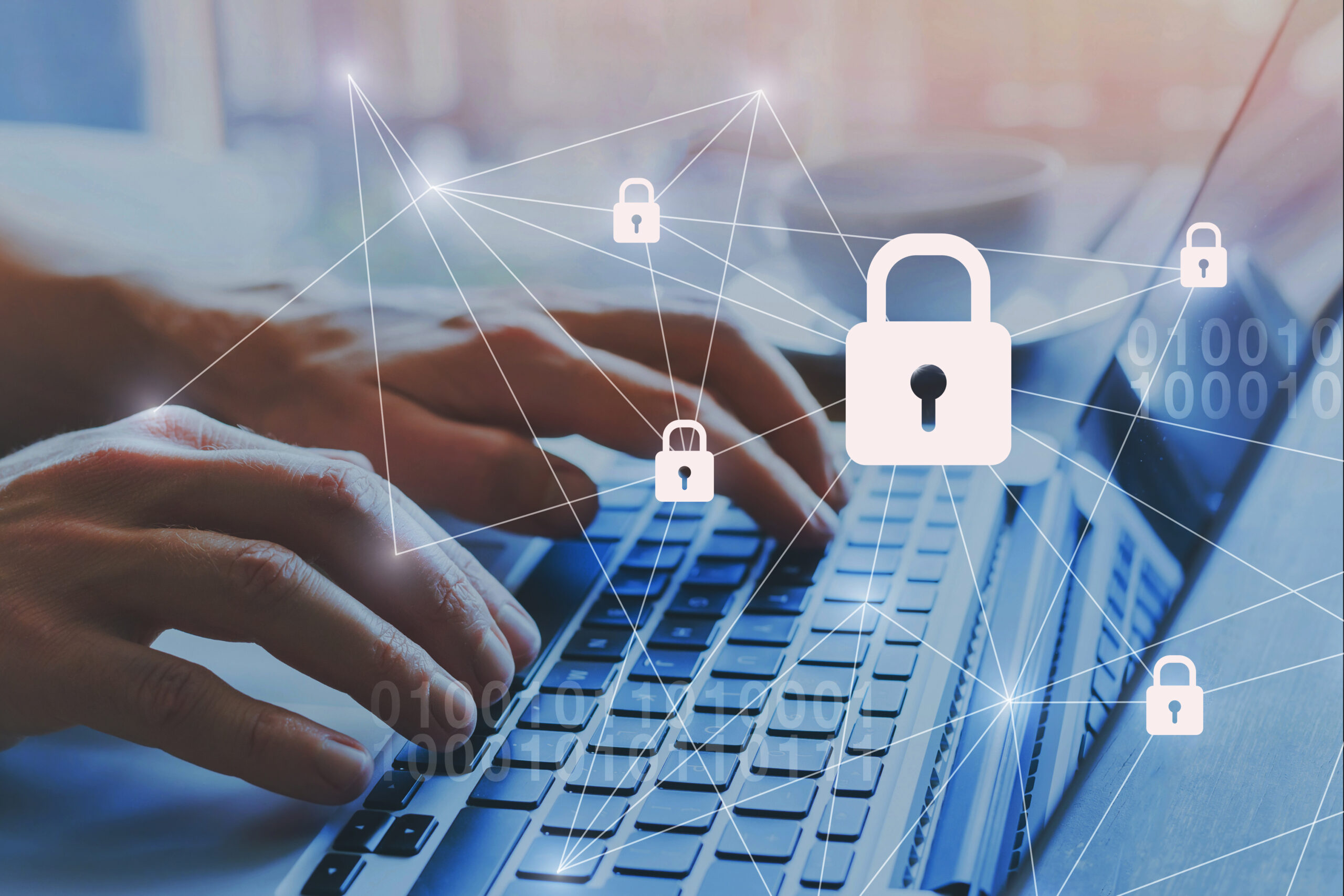Category: Blog
The digital transformation, transition to the cloud, mobile workforces, and artificial intelligence have made organizations more vulnerable to cyberattacks. In addition, cyber threats have become increasingly sophisticated and harmful. In their research Top Trends of Cybersecurity 2023 Report, they suggest that “by 2026, organizations prioritizing their security investments via a continuous threat exposure management program will suffer two-thirds fewer breaches.”
To combat these threats effectively, cybersecurity leaders must understand the critical role of people in achieving program success and sustainability. At Hitachi Cyber , we understand that while technical security capabilities are essential for visibility and responsiveness across an organization’s digital ecosystem, the human element should not be overlooked. In this blog post, we will discuss the importance of balancing people, processes, and technology in achieving a holistic approach to cybersecurity.
Download the Gartner® Top Trends in Cybersecurity 2023 Report
1. Human-Centric Cybersecurity Programs
The industry is shifting towards human-centric cybersecurity programs, where the focus is on people and creating security-aware cultures. Phishing attacks often target employees and are the first line of defense in protecting an organization’s sensitive data. Educating employees on cybersecurity and best practices is crucial and empowers them to detect and report suspicious activity. By prioritizing cybersecurity awareness among employees, organizations can significantly reduce the likelihood of cyberattacks and data breaches, particularly through phishing and other social engineering attacks.
2. Continuous Threat Management and Cybersecurity Validation
A continuous approach to threat management and cybersecurity validation is necessary for enhanced risk-centered remediation efforts. Cyber threats are continuously evolving, and new vulnerabilities are discovered every day. Therefore, it is essential to reevaluate security measures and make adjustments accordingly regularly. Regular penetration tests, vulnerability scans, and network traffic monitoring help identify potential gaps in an organization’s cybersecurity posture. By continuously evaluating and adjusting security measures, organizations can better protect their sensitive data.
3. Evolving Assessment Practices
Enterprise CISOs need to evolve their assessment practices to understand their combined exposure to threats better and address gaps in their posture. Understanding an organization’s risk posture is critical to effectively prioritizing remediation efforts. CISOs should collaborate with their executive team and IT staff to understand the organization’s business objectives and how cybersecurity measures fit into the plan. By working together, organizations can ensure that cybersecurity measures are aligned with business objectives and priorities. In addition, cybersecurity validation is crucial for ensuring that potential attackers won’t be able to exploit a system’s vulnerabilities.
This process involves using techniques, processes, and tools to simulate a real-world attack scenario and test the efficacy of a system’s security controls and monitoring tools. As cybersecurity threats become increasingly sophisticated, the tools used for validation are evolving as well, with both blue and red team tools becoming more customizable and intrusive. The insights gained from cybersecurity validation can inform decision-making across teams, leading to more effective allocation of resources. While mature organizations may struggle to prioritize cybersecurity treatments, cybersecurity validation offers a way to assess risk, estimate impact, and identify potential solutions on a regular basis.
4. People, Process, and Technology
To achieve effective cybersecurity programs, the people, processes, and technology need to be balanced. Organizations should prioritize creating a security-aware culture, regularly validating cybersecurity measures, and collaborating closely with business stakeholders. Organizations can effectively prevent and mitigate cyber threats by achieving a balance between people, processes, and technology.
- Cybersecurity leaders must “focus on the essential role of people in security program success and sustainability.”
- Technical security capabilities are required to “provide far greater visibility and responsiveness across the organization’s digital ecosystem.”
- The imbalance between people, process, and technology needs to be addressed and human centricity is an important foundation for effective cybersecurity programs.
- A continuous approach to threat management and cybersecurity validation is necessary for enhanced risk-centered remediation efforts.
- “Enterprise CISOs need to evolve assessment practices to understand their combined exposure to threats better and address gaps in their posture.”
- CTEM (Continuous Threat Exposure Management) programs focus on the relevant scope before discovery, take an attacker’s view for validation, balance strategical mobilization & tactical responses through cross-team relationship building, & combine patchable/nonpatchable issues for threat vectors and setting success metrics accordingly
Conclusion
Balancing people, processes, and technology is crucial in achieving effective cybersecurity programs. Human-centric approaches to cybersecurity education, continuous validation and monitoring of cybersecurity measures, and evolving assessment practices are critical to prevent and mitigate cyber threats. Cybersecurity leaders should prioritize cybersecurity awareness among employees, regularly evaluate cybersecurity measures, and collaborate closely with business stakeholders to achieve a secure and resilient digital ecosystem. By doing so, organizations can effectively protect their sensitive data and ensure their long-term sustainability.
Gartner, Top Trends in Cybersecurity 2023, Richard Addiscott, Alex Michaels, Jeremy D’Hoinne, Lisa Neubauer, Henrique Teixeira, John Watts, William Candrick, Wam Voster, 17 March 2023.
GARTNER is a registered trademark and service mark of Gartner, Inc. and/or its affiliates in the U.S. and internationally and is used herein with permission. All rights reserved.


